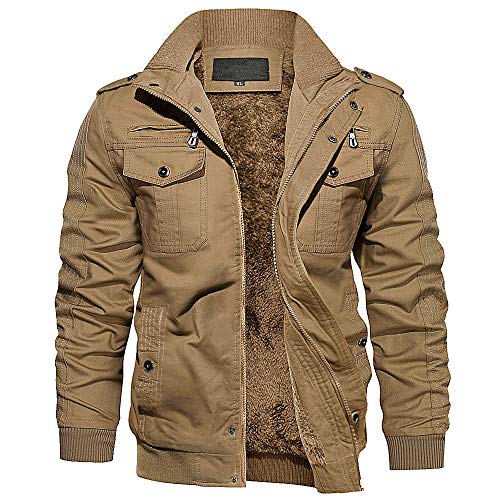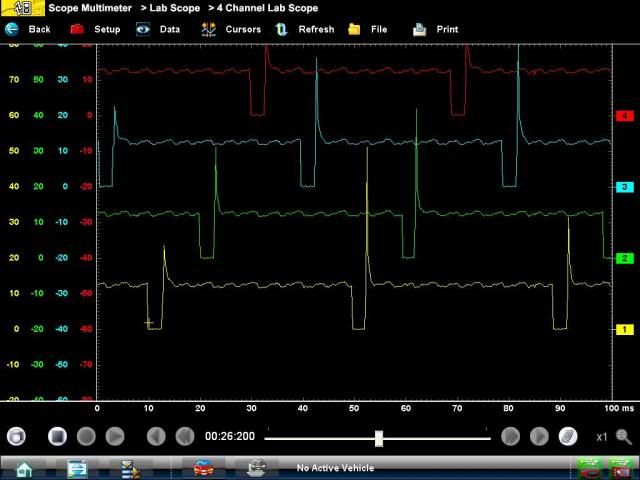joebiodiesel
I wish I could think of something witty to put her
I guess I should check these things myself before I open my big mouth!
A while back a guy posted that he wanted to install a computer on his FJR that gave him Sequestial Fuel Injection. He got lambasted, and banished to the NPERT quickly. Because nobody there happened to mention that the FJR was already SFI I assumed that it wasn't. I may be incorrect.
In automotive EFI Systems many manufacturers split the fuel charge into 2 parts. They gang fire the injectors at TDC every time. For most cylinders that means the fuel charge is being delivered on the back side of a closed valve. It doesn't disappear, or get wasted. It gets delivered into the cylinder when the intake valve opens. I can also tell you for certain that GM vehicles that are SFI switch to gang firing of the injectors on accleration enrichment and full throttle. I'm sure other vehicles do it as well, but I haven't scoped the injectors of every kind of vehicle out there.
I will throw my 4 channel scope on the FJR when I get home this weekend and see for certain how ours works.
Regardless, swapping the injector wires so the fuel is delivered out of time should make absolutely no difference when used for testing purposes here. If an engine with port injection runs fine, there is no reason an SFI motor running post injection on 2 cylinders won't also run fine. It's not a diesel, so as long as the fuel gets sucked into the cylinder in the correct ratio, it should fire that cylinder, no?
Joe
A while back a guy posted that he wanted to install a computer on his FJR that gave him Sequestial Fuel Injection. He got lambasted, and banished to the NPERT quickly. Because nobody there happened to mention that the FJR was already SFI I assumed that it wasn't. I may be incorrect.
In automotive EFI Systems many manufacturers split the fuel charge into 2 parts. They gang fire the injectors at TDC every time. For most cylinders that means the fuel charge is being delivered on the back side of a closed valve. It doesn't disappear, or get wasted. It gets delivered into the cylinder when the intake valve opens. I can also tell you for certain that GM vehicles that are SFI switch to gang firing of the injectors on accleration enrichment and full throttle. I'm sure other vehicles do it as well, but I haven't scoped the injectors of every kind of vehicle out there.
I will throw my 4 channel scope on the FJR when I get home this weekend and see for certain how ours works.
Regardless, swapping the injector wires so the fuel is delivered out of time should make absolutely no difference when used for testing purposes here. If an engine with port injection runs fine, there is no reason an SFI motor running post injection on 2 cylinders won't also run fine. It's not a diesel, so as long as the fuel gets sucked into the cylinder in the correct ratio, it should fire that cylinder, no?
Joe































































